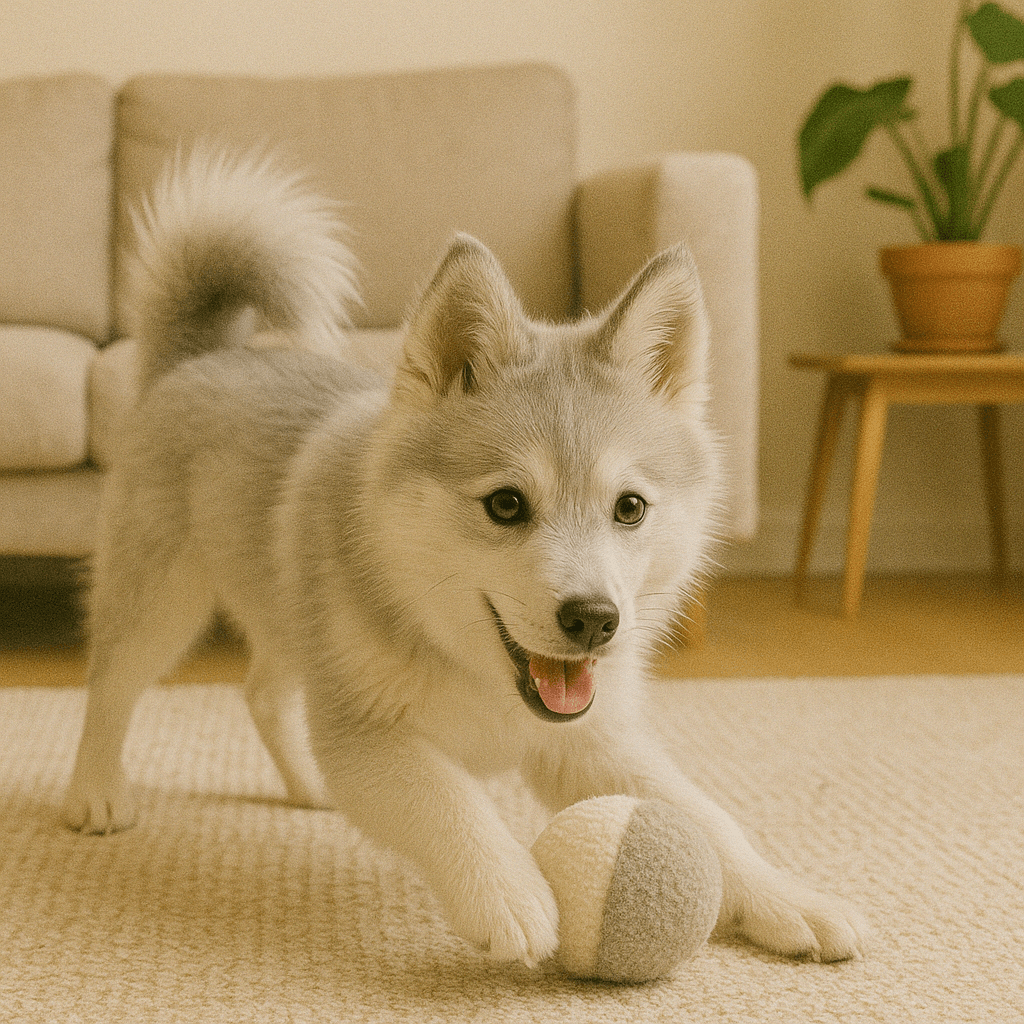
Pomsky – The Complete Breed Guide: Personality, Care, Health, and Accessories by Petto
🐾 Pomsky – The Complete Breed Guide: Personality, Care, Health, and Accessories by Petto
📜 Origin and history of the breed
The Pomsky is a relatively new designer breed created from the crossbreeding of two very different dogs: the energetic and large Siberian Husky and the sociable, miniature Pomeranian (miniature Spitz). Its name is a combination of the English names of the parent breeds: POMeranian + huSKY = Pomsky.
The first deliberate breeding attempts appeared in the United States around 2010. The goal was to create a dog that resembled a small husky, but with a more compact size and a more manageable temperament. Due to its charming coat, wolf-like gaze, and small size, the Pomsky quickly became a hit on social media.
The breed is not yet officially recognized by most kennel clubs (including the FCI), but is gaining more and more popularity as a companion dog.
🧠 Character and temperament
The Pomsky is a dog brimming with energy, intelligence, and charm. It inherits the Husky's need for activity and independence, and the Pomeranian's sociability, devotion, and alertness. It is curious, courageous, and often very playful and expressive.
However, it can be a demanding dog – its temperament is difficult to predict and depends on the proportion of genes inherited from each breed. It may have the calmer disposition of a Pomeranian or the more independent and stubborn nature of a Husky.
Pomskies tend to be very attached to their families and don't tolerate loneliness well. They require plenty of contact with their owners, playtime, training, and social interaction. They can be barking if not properly trained. This is a dog for those who want to actively participate in their pet's life.
📏 Size and appearance
-
Height at the withers : 25–38 cm (depending on generation and crossbreed)
-
Weight : 5–14 kg
-
Body shape : compact, proportionate, with visible features of both breeds
-
Coat : thick, double, often husky-like – requires regular care
-
Color : very diverse – white and gray, black and white, red, cream, sable, merle
-
Eyes : often blue or heterochromia (two colors)
-
Ears : erect, triangular
-
Tail : curled over the back like a husky
The Pomsky often looks like a miniature wolf or a small fox. Each individual can vary greatly, with even puppies within the same litter having very different characteristics.
🧬 Pomsky Generations (F1, F1B, F2...)
The Pomsky is a hybrid breed, so its individuals are divided into different generations depending on the proportion of Husky and Pomeranian genes:
-
F1 – a cross between a purebred Husky and a purebred Pomeranian (50/50); often the most diverse in appearance and character.
-
F1B – a cross between an F1 Pomsky and a Pomeranian or Husky (e.g. 25/75 or 75/25); this allows for traits closer to one of the breeds.
-
F2 – A cross between two F1 Pomskys; their characteristics are more predictable and stabilized.
Understanding the generation helps you better match the dog to the lifestyle and expectations of its future owner.
🩺 Health and the most common problems
Pomskies can inherit health conditions common to their parent breeds—both the Pomeranian and the Husky. Therefore, it's important to choose your breeder wisely, practice preventative health care, and regularly monitor your pet's behavior. Here are the most common health problems:
-
Dental problems – Due to their small muzzles (inherited from the Pomeranian), Pomskies are prone to tartar buildup and gingivitis. Daily tooth brushing or the use of dental chews is recommended.
-
Hip and elbow dysplasia – a condition inherited from huskies, which can manifest as lameness and limb pain. It's important to monitor your dog's weight and provide joint support supplements (glucosamine, omega-3 fatty acids).
-
Tracheal problems – Smaller Pomskies may experience tracheal collapse, which manifests as coughing and shortness of breath. In these cases, a harness, rather than a collar, is essential.
-
Cataracts, glaucoma, and progressive retinal atrophy (PRA) are eye problems that can lead to blindness. Early diagnosis and eye care are crucial.
-
Food and skin allergies – symptoms include itching, redness, paw licking, and digestive issues. Monoprotein or hypoallergenic foods are recommended.
-
Prone to obesity – Pomskies can gain weight quickly, especially with low activity levels. It's important to monitor their food intake and avoid overindulging in treats.
Additionally, it is worth paying attention to:
-
ear condition – susceptibility to infections;
-
skin and coat quality – any sudden change may indicate hormonal problems or deficiencies;
-
unusual behavior (apathy, aggression, head scratching) – may indicate pain or neurological diseases.
🔎 Prevention :
-
regular check-ups with a veterinarian (at least once a year);
-
annual vaccinations and deworming;
-
blood and urine tests after the age of 6;
-
taking care of oral hygiene and weight control;
-
physical activity and mental stimulation.
With proper care, a Pomsky can enjoy good health for many years, and many individuals live to be in excellent condition until they are 15-16 years old.
🛁 Coat care
The Pomsky typically has a thick, double-layered coat that requires regular grooming. It often resembles the coat of a Husky—soft but abundant, which causes the dog to shed heavily.
Basic treatments:
-
Brushing : at least three times a week, preferably daily during shedding season. Use a slicker brush, furminator, or undercoat comb.
-
Bathing : Every 2–3 months or when soiled. Choose gentle shampoos for dogs with thick fur. Avoid excessive bathing to avoid damaging the skin's natural lipid barrier.
-
Combing out mats : Pomskies with abundant fur around the ears, belly and tail may be prone to mats – these areas should be combed especially carefully.
Additional care:
-
Nails : Trim every 3-4 weeks – nails that are too long can cause discomfort and posture problems.
-
Teeth : daily brushing or regular feeding of dental chews.
-
Ears : check and clean with a special liquid once a week.
-
Eyes : wash with a gauze pad soaked in saline – Pomskies with light-colored fur may have discoloration under the eyes.
Pomskies shed heavily, especially in spring and autumn. It's worth investing in a vacuum cleaner with strong suction, specialized brushes, and products to support coat quality, such as omega-3 and biotin supplements.
🧠 Training and activity
The Pomsky is highly intelligent and quick-witted, but can also be independent and stubborn—especially if it inherits strong husky traits. Therefore, training should begin as early as possible, ideally as a puppy. The keys to success are patience, positive reinforcement, and consistency.
Pomsky learns quickly, but they also get bored easily. Traditional, repetitive commands can be too monotonous for them. Training sessions based on play, rewards (treats, praise, toys), and a variety of environmental stimuli work better.
It is worth implementing:
-
learning basic obedience (sit, stay, come, no);
-
safety commands (leave, come to me, stop);
-
olfactory and logic games (smell mat, hiding treats);
-
agility exercises (mini agility, slalom);
-
learning to walk on a loose leash – a Pomsky can pull strongly, especially when young.
The Pomsky loves physical activity and mentally challenging tasks. Daily walks, longer hikes, outdoor play, and shared activities are essential. If left without exercise and stimulation, this breed can quickly become bored and may become destructive.
The Pomsky excels in dog sports: agility, rally-o, dog dancing, frisbee, and tracking – provided that the owner adjusts the level of difficulty to the dog's abilities and motivation.
In summary: the Pomsky is a dog that loves to work, learn, and cooperate—but on its own terms. Proper training will make it a well-balanced, joyful, and well-behaved companion.
Some individuals excel in agility, rally-o and other sports – as long as they are properly motivated and have contact with their handler.
🏡 Pomsky in the family
The Pomsky thrives in a variety of family types – both couples and homes with children, provided they are properly raised and socialized. This dog is loyal, emotionally sensitive, and very attached to its owner. It loves being at the center of events – participating in daily rituals, walks, naps on the couch, and playing together.
It performs well with children, especially if they learn to respect its space and boundaries. The Pomsky isn't the type of dog to tolerate everything—if it feels uncomfortable, it can make itself known. Therefore, education for both the dog and the young family members is crucial.
Pomskys usually get along well with other animals, provided they've had the opportunity to interact positively with dogs and cats from a young age. They can be territorial, but not necessarily aggressive—the key lies in early and positive socialization.
Pomskies don't like being alone. Prolonged separations can lead to separation anxiety, howling, or destruction. This dog needs closeness and attention, so they thrive with home-based owners, retirees, families with flexible lifestyles, or those willing to provide them with their daily dose of interaction and exercise.
It does not require a lot of space – it can even fit in a flat, as long as it has access to the outdoors, logical games and activities that engage its senses.
To sum up: the Pomsky is a wonderful family dog that will reward anyone who treats it like a family member with lots of love and energy.
📷 Pomsky Colors
The coat color of the Pomsky can be extremely varied:
-
Blue merle – silver-gray with dark patches
-
Sable – warm brown with darker ends
-
Black and white – classic huskies
-
Chocolate and creamy – often in Pomeranian
-
Many individuals have white markings on their paws and muzzle, different colored eyes, or heterochromia.

This is one of the most photogenic breeds – each Pomsky is unique!
🎯 Who is NOT a Pomsky for?
Although the Pomsky is a stunning breed, it is not for everyone:
-
Not for people looking for a dog to live alone for 10 hours a day.
-
Not for people who want a "small dog without the training work."
-
Not for people who cannot tolerate fur in the house – the Pomsky sheds heavily.
A Pomsky requires commitment, patience, and an active lifestyle. In return, they offer immense joy, loyalty, and character—but only under the care of someone who treats the dog like a partner.
📋 Pomsky Puppy Layette
Preparing a starter kit is the basis for a responsible start with your dog:
-
Osaka Lair
-
Suspenders
-
Leash
-
Bowl for water and food
-
Sniffing mat, teethers, interactive toys
-
Oi carrier or car seat
-
Hair brush, toothpaste and toothbrush, ear preparations
-
Training Treats
🚗 How to Travel with a Pomsky
Pomsky dogs travel well, but they require proper preparation. For car transport, the safe and comfortable Oi car seat is the best solution , available at Petto: 👉 See Oi car seats
Travel by car:
-
Always put your dog in a special harness or place it in a seat with a seat belt.
-
Don't let your dog move freely around the car - it's dangerous.
-
On longer journeys, take breaks for water, walking, and toilet breaks.
Public transport:
-
Use a closed carrier with good ventilation.
-
Prepare your dog's health booklet with current vaccinations.
-
Remember to wear a muzzle if required on public transport (some lines even require it for small dogs).
🛍 Recommended Petto accessories for Pomsky
-
The Oi car seat is perfect for Pomskies traveling by car. It provides comfort and safety on every trip.
👉 See Oi car seats -
Dog steps – helpful when climbing onto the bed or couch, protect joints and spine.
👉 See the steps -
OSAKA bed – a soft, cozy and durable bed that will ensure a comfortable sleep.
👉 See OSAKA lairs
❓ Frequently asked questions (FAQ)
Is a Pomsky a good breed for beginners?
Yes, provided the owner has the time and willingness to learn and actively participate in the dog's life.
Is a Pomsky suitable for living in an apartment?
Yes – provided that he is provided with daily physical and mental activity.
Does a Pomsky bark a lot?
He can be a bit barky – a trait inherited from the Pomeranian. Proper upbringing and training can help control this.
Does a Pomsky shed?
Yes – intensively, especially during spring and autumn moulting.
Does a Pomsky get along well with children and other animals?
Usually yes, as long as it has been properly socialized. Children should know how to properly handle a dog.
How long does a Pomsky live?
The average lifespan is 12–15 years, even longer with good care.
What are the costs of keeping a Pomsky?
Costs vary depending on food, grooming, and veterinary care. It's also worth investing in high-quality accessories.
📌 Summary
The Pomsky is a dog that attracts attention not only with its unique appearance but, above all, with its personality. This breed can be both a city companion and an active companion on hikes. Its intelligence, liveliness, and devotion quickly make it a full-fledged member of the family.
However, a Pomsky isn't for everyone – it requires consistency, commitment, and time. It needs daily stimulation, human contact, and proper health care. In return, it offers loyalty, plenty of energy, playful behavior, and a ton of love.
It's the perfect choice for active people who want a dog that's not only beautiful and unique, but also demanding - because only then will a relationship with a Pomsky become truly deep and satisfying.
With the right supplies, regular care, training, and support from Petto products, your Pomsky will not only be a wonderful pet, but also a daily inspiration for an active, exciting life.
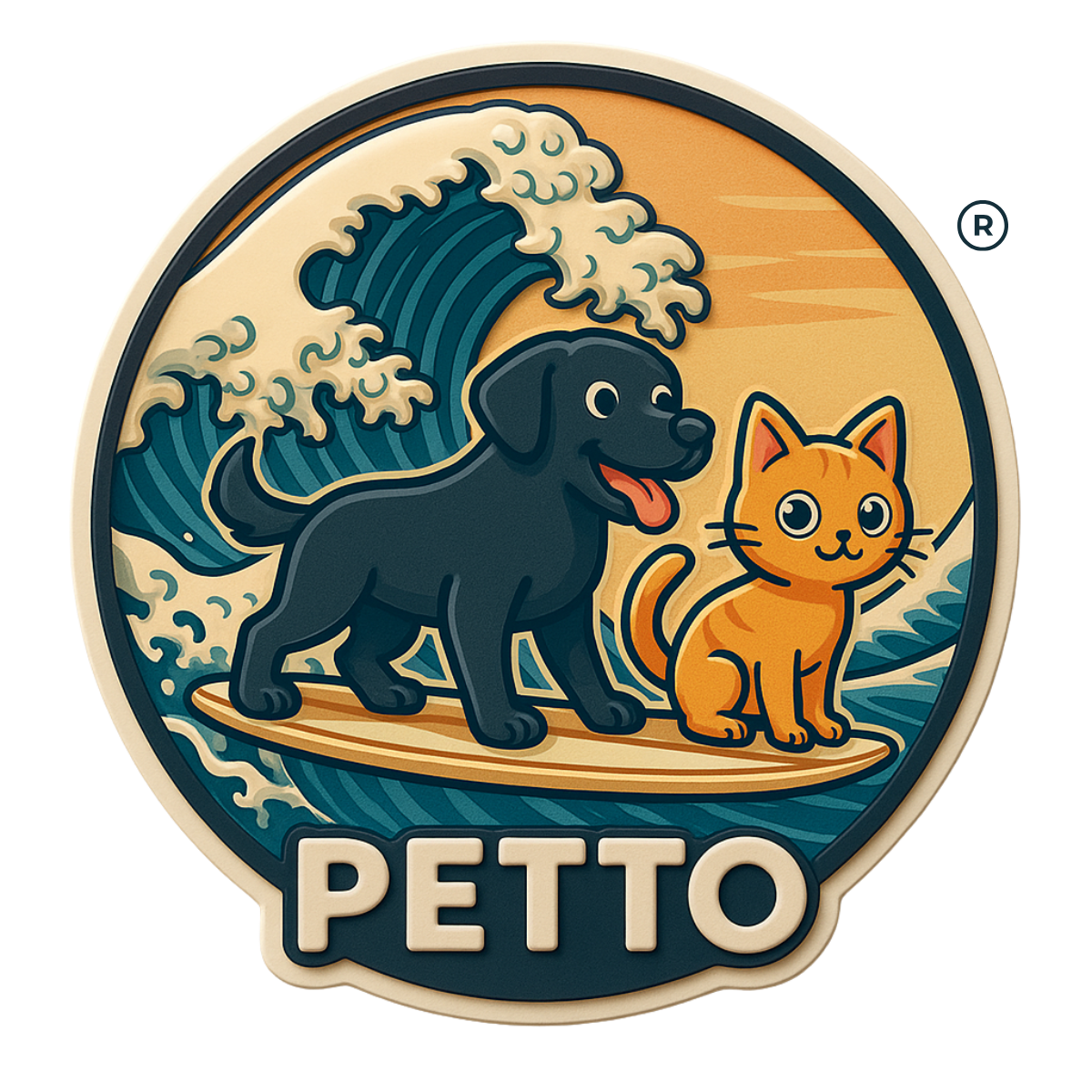
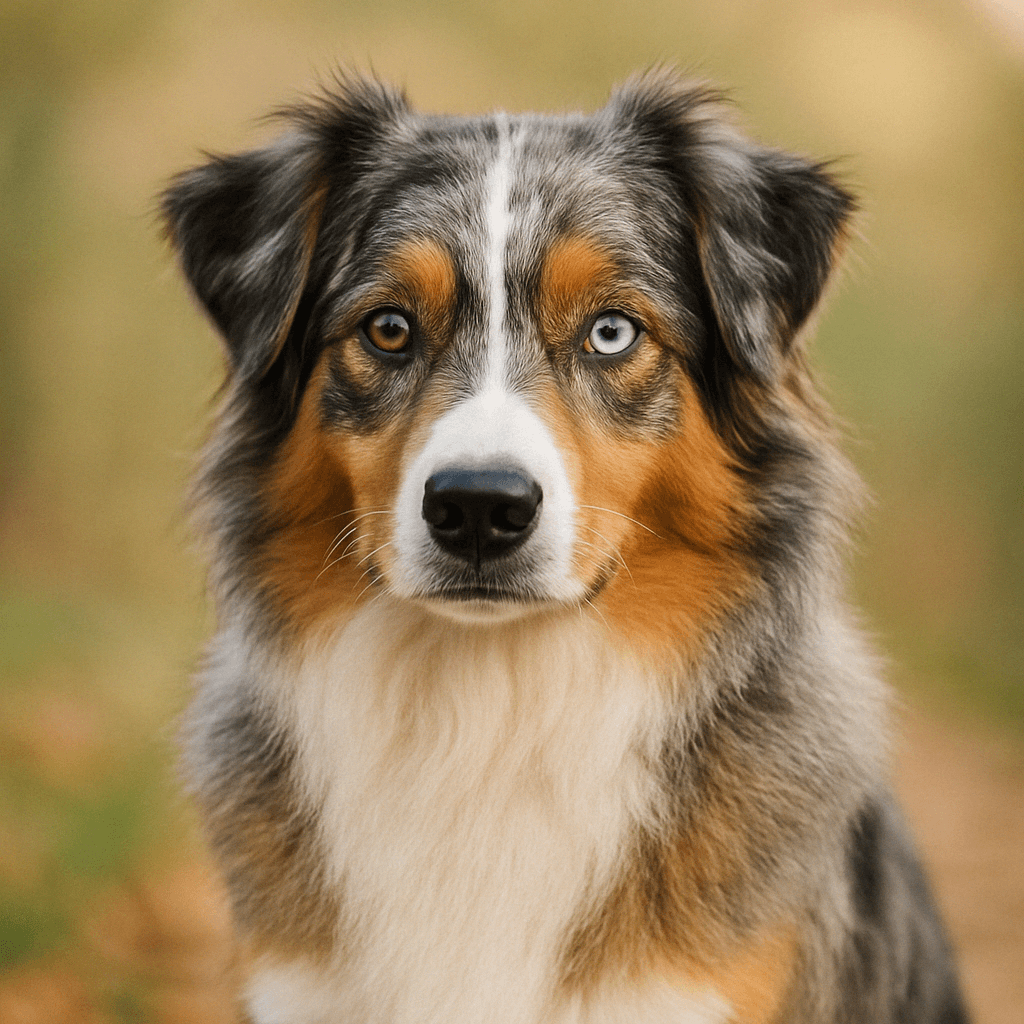
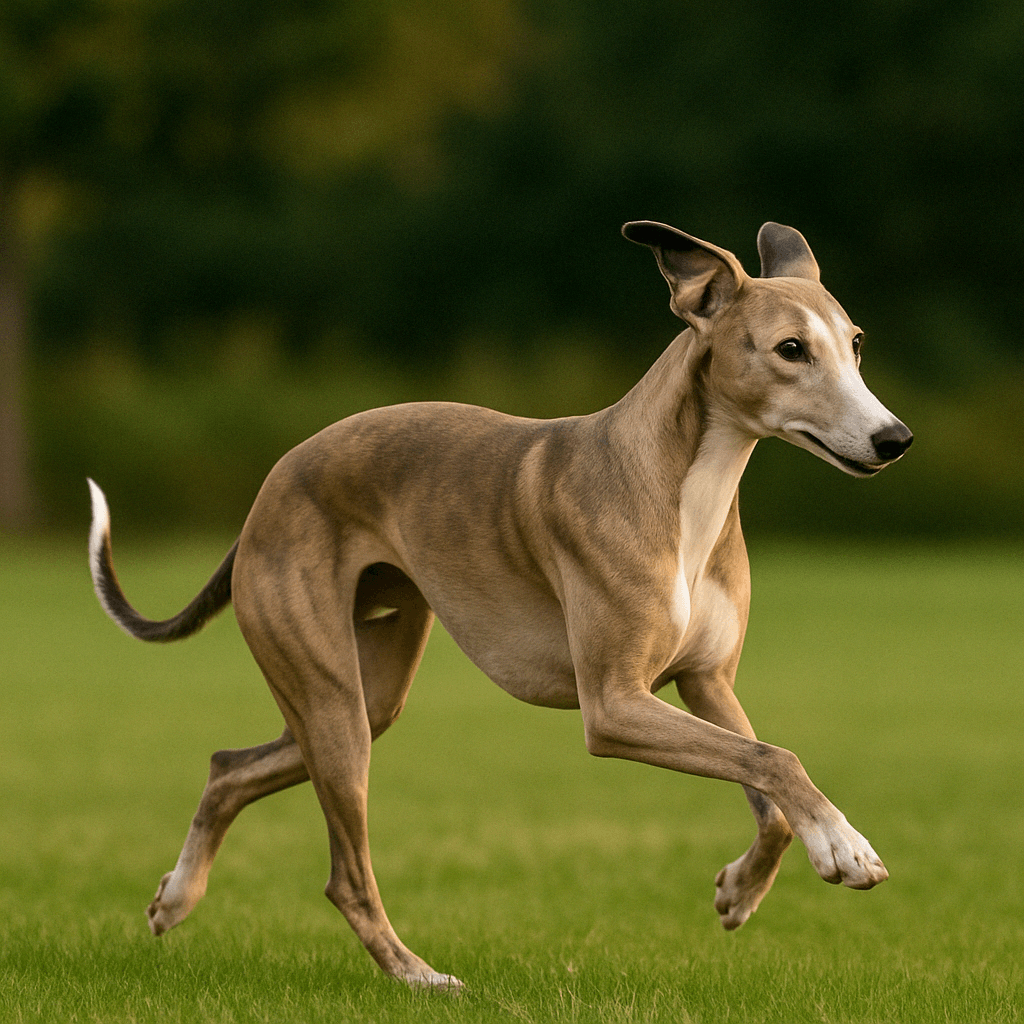
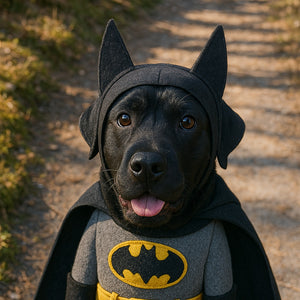
 https://petto.com.pl
https://petto.com.pl